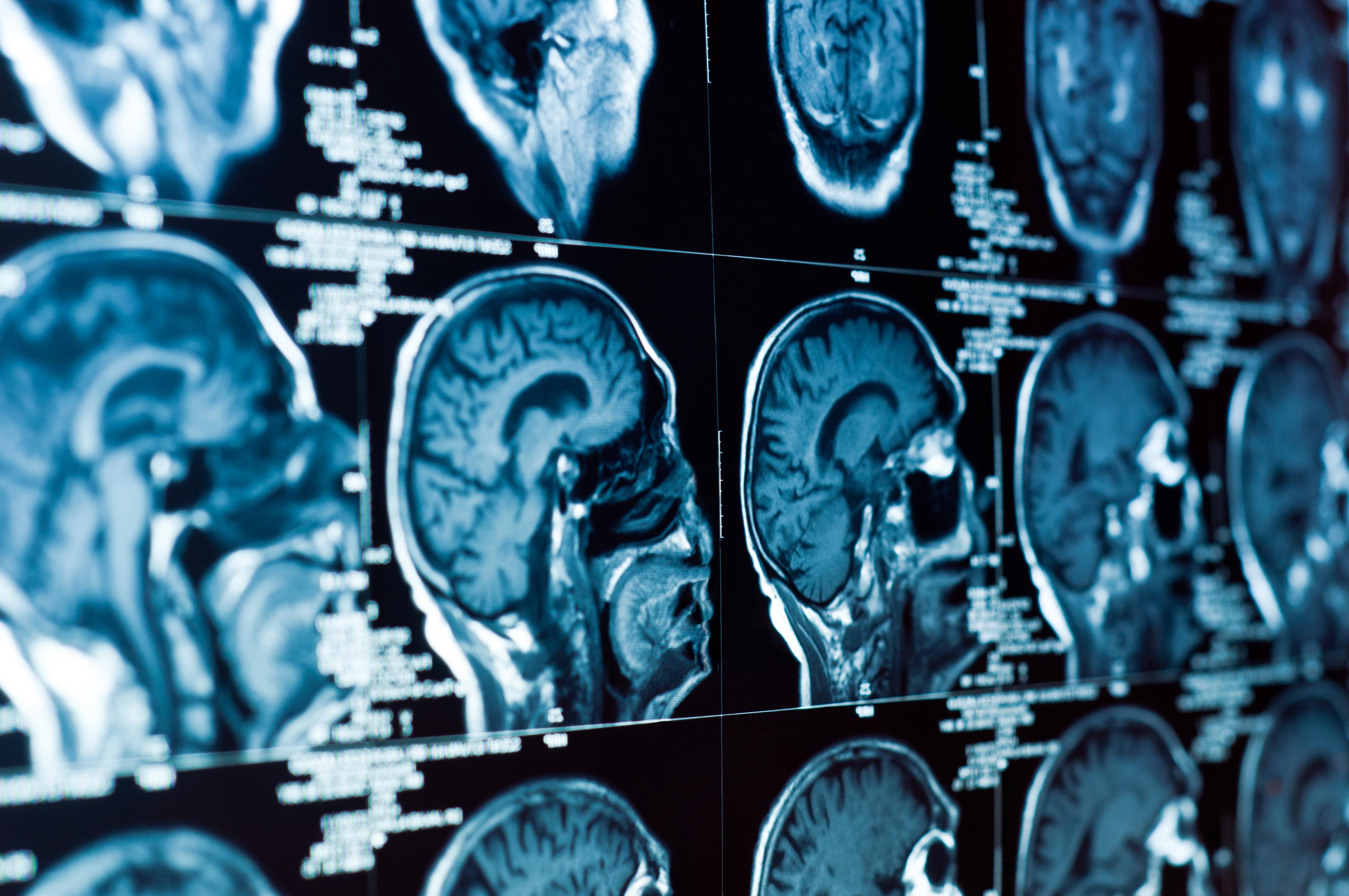Car Accident Lawyer
Have you ever wondered how an MRI machine works? You might have heard of MRI scans being used to diagnose medical conditions or injuries, but the process can seem quite mysterious. In this blog post, a car accident lawyer with our friends at the Law Office of Rick Wagner breaks down the basics of how MRI machines operate in a way that’s easy to understand.
MRI stands for Magnetic Resonance Imaging. It’s a non-invasive technique that allows doctors to take detailed pictures of the inside of your body, particularly soft tissues like muscles, ligaments, and organs. The technology relies on a combination of powerful magnets, radio waves, and a computer to create these images.
At the heart of an MRI machine is a large magnet, which creates a strong magnetic field around the patient. When you’re inside the machine, the magnetic field temporarily aligns the hydrogen atoms in your body. Then, the machine sends radio waves into your body, which cause these hydrogen atoms to absorb energy and change their alignment. As the radio waves are turned off, the hydrogen atoms return to their original positions and release energy in the process.
The MRI machine detects these energy releases, and a computer processes this information to create detailed images of your body’s internal structures. These images can be incredibly helpful in diagnosing various medical conditions, from torn ligaments to tumors.
This technology allows doctors to diagnose and treat a wide range of medical conditions, all without the need for invasive procedures.
MRI machines are an incredible medical advancement that have revolutionized healthcare, turning the invisible into visible and making the mysterious more understandable. However, they are not magic boxes. Every image they produce is a result of deep physics, careful engineering, and intricate computer processing, all working together in harmony.
The images from MRI scans provide medical professionals with a valuable window into the body, allowing them to study the complexities of the human anatomy without making a single incision. This unique view enables an accurate diagnosis and facilitates efficient treatment planning, making it an indispensable tool in modern medicine.
Remember, however, the MRI machine is only as good as the professionals who operate it and interpret the results. The scans yield complex data that requires a high level of expertise to interpret accurately. Radiologists play a key role in this process, decoding the information captured in the MRI and translating it into meaningful insights for doctors and patients alike.
So, next time you find yourself sliding into an MRI machine, you can take comfort in the fact that this incredible technology, and the professionals operating it, are working seamlessly together to provide the best possible care for your health.




